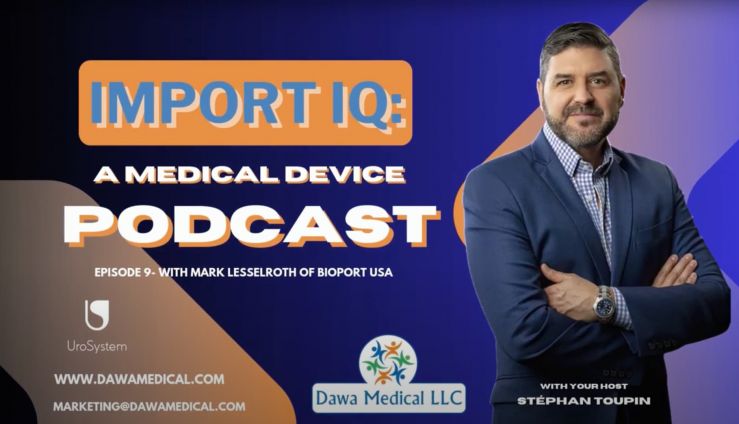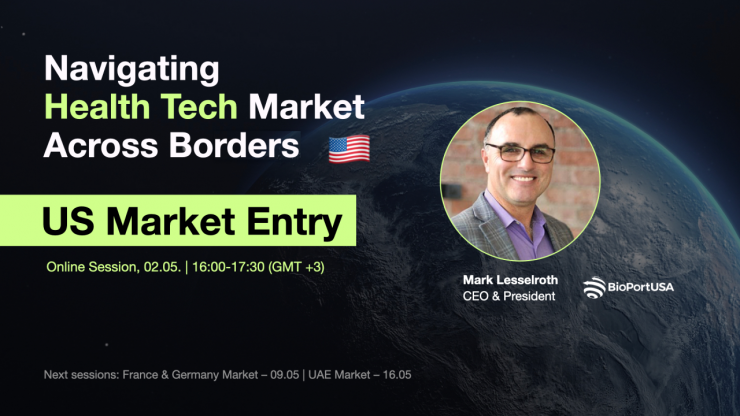I was talking with a friend of mine in Germany who was raving about the benefits associated with the Hydrus Microstent (Ivantis) for glaucoma patients. This is a device that when combined with cataract surgery can help lower the eye pressure of a patient suffering from glaucoma. She focused on the features and benefits for both the patient and the physician. In the United States, a widely used alternative to the Hydrus Stent is the iStent from Glaucos. On July 2 the stock was trading at $82.45, on July 14th it was down to $57.82 and by July 26th it had dropped to $47.99. What happened? CMS (Center of Medicare and Medicaid Services) was rumored to slash the reimbursement from $500/procedure to $20. Since both the iStent and the Hydrus Mircostent use the same CPT code (billing code), there is a high likelihood that if this change by CMS goes through, that very few Ophthalmologist in the USA will use this product as part of their procedure because they will be making next to nothing. In Germany, no one is looking at the stock price or the reimbursement code! They are focused on what a great technology it is, and how it will help the patient.
When you are dealing with a capitalistic based market economy like the United States, you have to factor in the importance of money into your business plan. The previous example was meant to illustrate that in America it is about the almighty dollar even if we are talking about someone’s health. If a European life science company does not take into consideration what impact their technology will have on the payer (insurance company) and those who use it (physicians) chances are they will be in store for a rude awakening.
Another factor is risk. How much risk are you willing to take in order to be successful! Most European life science companies are extremely risk averse which makes it very difficult for them to realize their full potential in the United States. If they take a very pragmatic approach and do the necessary homework to see what the market looks like, what does it have to offer, and how much will need to be invested to achieve certain sales goals, then I believe it is worth taking the risk. Unfortunately, when your decision-making process is deeply rooted in your cultural upbring, doing something different, especially if it involves money, is hard to do.
Over the years I have seen all too often a wonderful technology that was developed in Europe but it was never going to see the light of day in the USA because it turned out to be a solution for which there was no problem. Put another way, we have saying in America “if it ain’t broke, don’t fix it.” In Europe, scientist and engineers are constantly trying to improve on technology without necessarily looking at how it will impact the cost of doing business. Make no mistake about it, in America, the healthcare industry is all about money. If your product can’t help someone make money or save money, chances are you won’t have a lot of success here.
What we are ultimately talking about is cultural differences that exist between western Europe and the USA which impacts how business is done. The European all too often believes he knows what the United States is about and how it functions. After all he’s been to Disney World, the Grand Canyon and New York City. The truth, however, is that most Europeans do not know the USA, and as a result fall into a false sense of security when it comes to planning market entry into the American healthcare sector.
One of the biggest mistakes they make is to view the health care industry like any other, be it automotive, building products or electronics. They do recognize that there is a regulatory body called the FDA but, in many cases, they believe that once they have received FDA approval, which is not easy, all they need to do is find a distributor and they are off to the races. If it were only that easy.
What the European life science company needs to understand about the US healthcare market if they hope to be successful, is that it is a complicated process that not only involves regulatory approval but also looks at reimbursement, IP, marketing, branding and customer service to name a few. This means that a company needs to be willing to take a certain amount of risk, be prepared to spend at least mid-six-figures on branding, and have the personnel on both sides of the Atlantic to assure success. It also means that they should have a commercialization plan on how they are going to get their product to market. Part of this plan involves doing some up-front market research to see what the market looks like; find out who the competition is; make sure your IP does not infringe on that of an American competitor; identify the best path to market from a sales channel perspective, and be prepared to put some serious money into branding and marketing in order to gain the attention of potential customers, key opinion leaders and distributors.
We Americans are very brand centric, and unless a foreign life science company decides to private label their technology, they will need to make an effort to build their brand so that physicians might use it and distributors might carry it. This of course costs money, usually lots of money which the typical European business is reluctant to spend since they don’t know what they will get from their investment.
I can appreciate people reading this article might say “but the Americans are no different when they try to enter a foreign market.” There certainly is truth to that statement but I can attest to the fact that the American business does understand that they will have to invest money into foreign market expansion if they want to have any chance of success.
Willy Brandt who was the former Mayor of Berlin and Chancellor of Germany once said, ““If I’m selling to you, I speak your language. If I’m buying, dann müssen Sie Deutsch sprechen”
I think his comment was indicative of how companies wishing to do business in a foreign market need to be conscious of the cultural differences that exist in order to achieve success in that market.
This article first appeared on European American Chamber of Commerce.
Latest Articles


